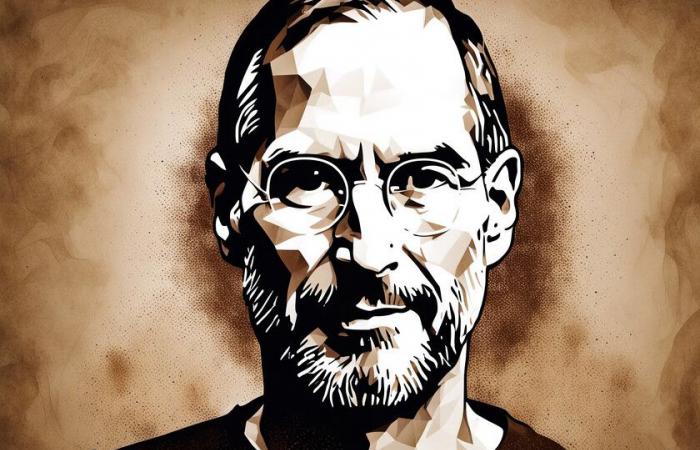The “coffee test” has become a crucial test for identifying top employees.
In the corporate world, personnel selection is a crucial process. So much so that it usually determines the success or failure of a company. You know what they say: the most valuable asset is human capital. That’s why Steve Jobs “filtered” his workers through a most prosaic and human test: taking them to the barSeriously, it literally consisted of buying them a beer and seeing how they reacted to certain questions.
Inspired by the practices of Apple’s co-founder, some companies have adopted a methodology known as the “coffee test” to evaluate candidates. The goal is similar: Identify the most proactive and talented employees, whom Steve Jobs called “A players.” Jobs knew that this type of person was not only someone exceptionally skilled at his job, in his routines, he was also a person who fit into the team, into Apple’s deep-rooted philosophy. And what does he consist of? We tell you.
How the coffee test works
It is not necessary to resort to hackneyed clichés to see that coffee has transcended its traditional role as a simple drink to become a central element of corporate culture. In many offices, the coffee machine is more than just a gadget. vendingis a meeting point where collaboration and the exchange of ideas are encouraged. Choosing coffee, preparing it and drinking it It reflects secrets about people, about the values and identity of both the individual and the company as a whole.
The coffee test we were talking about is similar to the beer test devised by the co-founder of Apple and father of the iPhone. The procedure is similar: a position of responsibility invites the candidate for the position to have coffee. The interviewee lets his guard down while the manager scrutinizes the candidate’s “soft skills” or personal traits. While they drink coffee and take a tour of the officesThe first questions may revolve around things like whether you like it like this, whether you prefer it with sugar, whether it’s hotter… inane, warm-up questions.
Then, questions will be asked about daily life, life experiences and how you would resolve risky situations. And Your gestural corpus will tell you if you are comfortable and confident or if you are nervous and hesitant.. All this non-verbal language will expose what a priori usually remains hidden. Instead of focusing solely on academic knowledge, this technique will detect (or not) extra qualities such as problem solving and diverse management within the job.
A practical example: Xero
Through this test, as indicated by some business schools and companies, it can be estimated whether a worker is lying or telling the truth, whether he has real knowledge or improvises, whether his answers are curt and brief and it is a matter of shyness or some extreme assertiveness. But there is more: If after finishing your coffee you don’t clean the cup that was left for you, “you’re out”.
Or that’s what they think it should be done in Xero. Xero is an Australian company with over 4,200 employees. Its products are based on software as a service, cloud computing and similar and sells service in more than 180 countries. They run the coffee test to check if the candidates are responsible and good colleagues..
The concept of washing your cup implies a positive, responsible attitude and an ability to solve your own problems. So now you know: the next time your future boss invites you for a cup of coffee, he measures what you do well or he may never be your future boss.
At Applesfera | The best quotes from Steve Jobs, creator of the iPhone and inspiration for the Apple philosophy
In Applesfera | The day Steve Jobs almost lost the name “Apple”: a story of negotiation that was about to go down the drain


